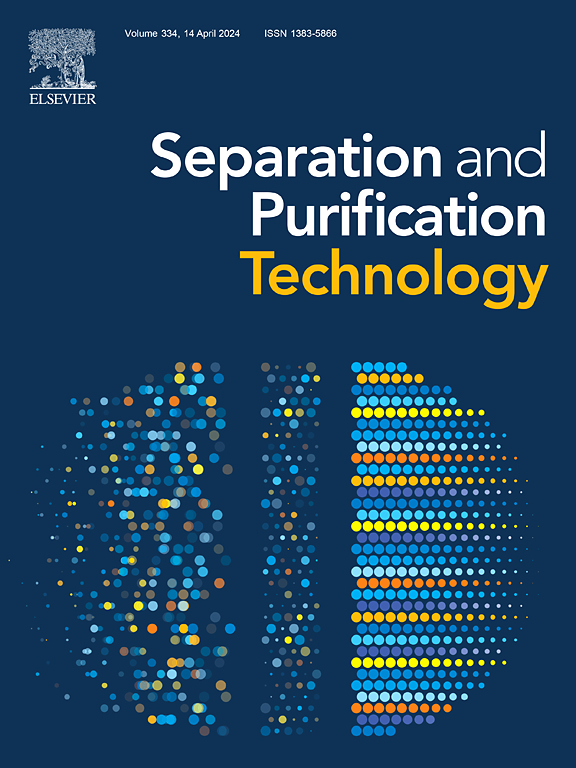Facile and economic modified method for CaO-based particles with straw as additive: Improving CO2 adsorption performance and cyclic stability
IF 8.1
1区 工程技术
Q1 ENGINEERING, CHEMICAL
引用次数: 0
Abstract
CaO-based sorbents represent a highly viable solution for post-combustion CO2 capture, with granulation commonly employed to mitigate elutriation in fluidized-bed reactors. Nonetheless, granulation markedly increases the density of these sorbents, thereby impairing their CO2 uptakes and cyclic stability. In this study, a cost-effective strategy was developed by incorporating various pore-forming agents (agar, urea, straw, and biochar) into CaO-based particles (denoted as CaO+C+A, CaO+C+U, CaO+C+S, and CaO+C+B) to enhance their adsorption performance and durability. The findings revealed that the mechanical strength of uncalcined CaO-based particles remained unaltered by the incorporation of additives, whereas only the CaO+C+S particle maintained acceptable compressive strength (17.1 N) and a low attrition rate (6.6 %) after calcination. Compared with the CaO+C+A particle, the compressive strength of CaO+C+S particle was increased by 87.5 % and the attrition rate was decreased by 22.8 %. Meanwhile, the CaO+C+S particle exhibited the highest CO2 adsorption performance, achieving 541 mg/g within 10 min, alongside outstanding cyclic stability, maintaining 217 mg/g after 20 cycles. This represents a 17.4 % increase in initial adsorption and a 25.3 % improvement in long-term stability compared to the control particle. These advancements are attributed to straw’s role in facilitating pore formation, refining CaO crystal size, and increasing the proportion of high-melting-phase (CaAl4Si2O11). The first two factors markedly enhance the diffusion kinetics conditions and thus improving the CO2 adsorption performance of CaO-based particles. Combined, these three factors enhance resistance to sintering by creating spatial physical barriers and increasing the melting point. This study offers a straightforward and cost-efficient modification approach to improve the CO2 adsorption performance and durability of CaO-based particles.


求助全文
约1分钟内获得全文
求助全文
来源期刊

Separation and Purification Technology
工程技术-工程:化工
CiteScore
14.00
自引率
12.80%
发文量
2347
审稿时长
43 days
期刊介绍:
Separation and Purification Technology is a premier journal committed to sharing innovative methods for separation and purification in chemical and environmental engineering, encompassing both homogeneous solutions and heterogeneous mixtures. Our scope includes the separation and/or purification of liquids, vapors, and gases, as well as carbon capture and separation techniques. However, it's important to note that methods solely intended for analytical purposes are not within the scope of the journal. Additionally, disciplines such as soil science, polymer science, and metallurgy fall outside the purview of Separation and Purification Technology. Join us in advancing the field of separation and purification methods for sustainable solutions in chemical and environmental engineering.
 求助内容:
求助内容: 应助结果提醒方式:
应助结果提醒方式:


